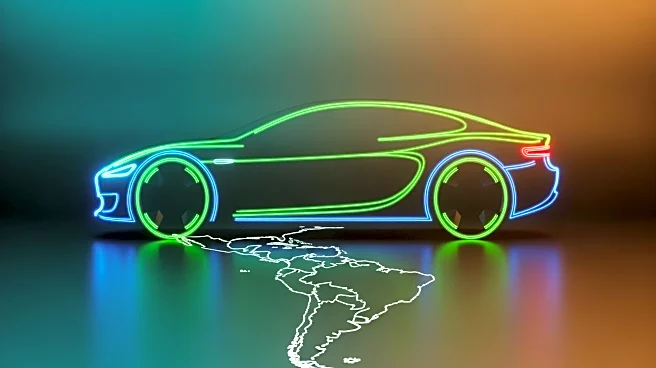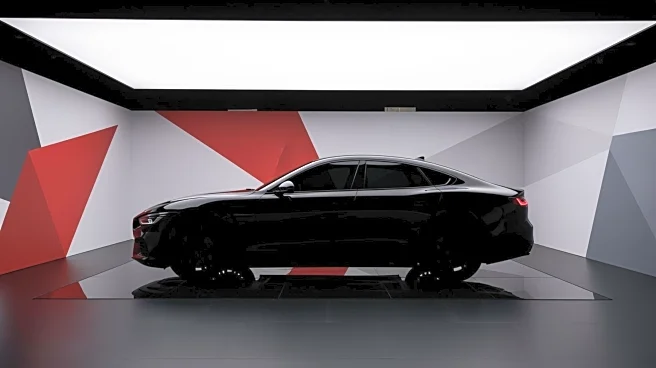What's Happening?
General Motors and Ford are focusing on reducing costs through the adoption of new lithium iron phosphate (LFP) and lithium manganese rich (LMR) battery technologies. This move comes as the electric vehicle
(EV) market faces challenges such as the premature expiration of federal tax credits for EVs, which led to a surge in sales before the deadline and a subsequent crash. Despite these challenges, GM and Ford are optimistic about the affordability potential of these new battery technologies. Nissan has also shown interest in LFP batteries, although it recently canceled plans for a new LFP battery factory in Japan. The 2026 Nissan LEAF has been recognized as a finalist for the North American Utility Vehicle of the Year award, highlighting the company's continued commitment to vehicle electrification.
Why It's Important?
The adoption of new battery technologies by major automakers like GM and Ford is crucial for reducing production costs and making electric vehicles more affordable for consumers. This is particularly significant in light of the recent expiration of federal tax credits for EVs, which has impacted sales. By focusing on cost-effective battery solutions, these companies aim to sustain the growth of the EV market despite financial setbacks. Nissan's recognition in the North American Utility Vehicle of the Year award program underscores the importance of innovation and design in maintaining competitiveness in the EV sector. The broader impact includes potential shifts in consumer behavior and market dynamics as automakers navigate these challenges.
What's Next?
Automakers are likely to continue exploring and investing in advanced battery technologies to enhance the affordability and efficiency of electric vehicles. The industry may see further collaborations and innovations aimed at overcoming current market challenges. As the North American Utility Vehicle of the Year award winners are announced in January, Nissan's performance could influence its market strategy and consumer perception. Additionally, the evolving political landscape and regulatory environment may impact future policies related to EV incentives and infrastructure development.













